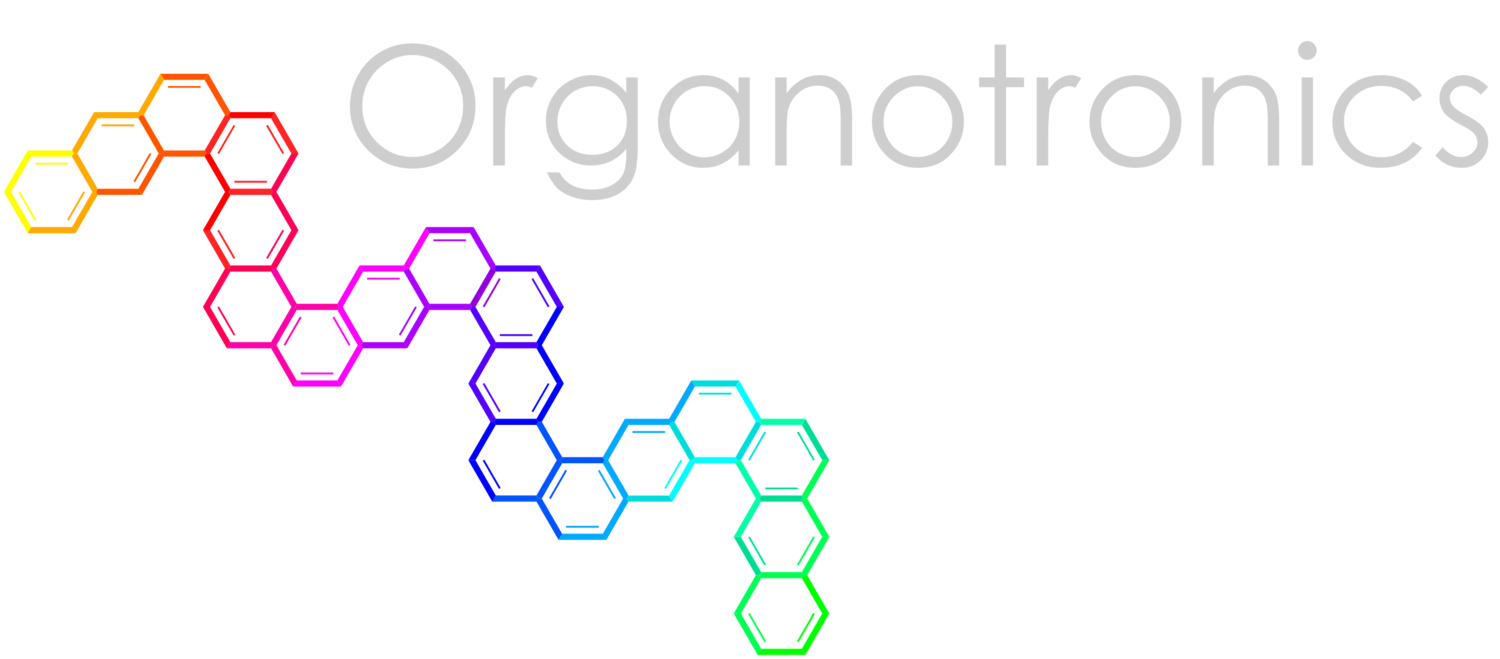Luminescent Solar Concentrators
Integration of high-performance solar cells in urban areas, i.e. building-integrated photovoltaics (BIPVs), or augmenting current architectures, i.e. building-applied photovoltaics (BAPVs), are challenging directions towards net zero energy infrastructures. Luminescent solar concentrators (LSCs) are possible technologies that can be cost-effective towards the realization of BAPVs and BIPVs. However, the efficiencies of current LSCs are still cost prohibitive for commercialization.
Our group works primarily in the area of new organic dye design to improve the light harvesting efficiency of LSC devices. We have demonstrated the use of aggregation induced emitters (AIE), energy transfer strategies, as well as molecularly insulated fluorophores in LSCs.
Upconversion
New molecular geometries for triplet-triplet annihilation (TTA) upconversion
Upconversion is a process in which low energy photons are converted to higher energy photons in materials. TTA upconversion is a particularly attractive upconversion strategy because of its lower intensity excitation requirements which can be more easily applied to increase light harvesting for photovoltaic devices. Recent studies have shown that new molecular geometries can lead to more efficient TTA upconversion at low light intensities and resistance to oxygen quenching.
Upconversion probes for biological imaging
The development of advanced fluorescence microscopy techniques and fluorescent agents has greatly increased the information that is obtained from the imaging of biological samples. However problems remain to be solved to enable wider applications. This project aims to address the issues of sample autofluorescence, light penetration depth and probe photobleaching by developing new fluorescent probes based on light upconversion. The approach will involve the design and synthesis of upconversion fluorescence probes, detailed photophysical characterisation and their application in live cell imaging, especially targeting malarial parasite processes.
Singlet Fission
Singlet fission is one of the most important methods to increase the efficiency of photovoltaic solar cells. Singlet fission is a spin-allowed process in which organic chromophores in an excited singlet state shares its excitation energy with a neighbouring ground-state chromophore and both are converted into triplet excited states. Thus, they can generate two excitons independent of each other from absorbing each photon. In this field, most studies have focused on crystalline intermolecular singlet fission sensitizers. However, the rate and yield of fission in these materials tend to vary with intermolecular geometry and coupling. A new approach is to design a chromophore capable of undergoing intramolecular singlet fission to circumvent dependence of fission on intermolecular coupling. In this project, we are designing and synthesising an organic material capable of intramolecular singlet fission and try to find out the mechanism of triplet generation in these materials.


